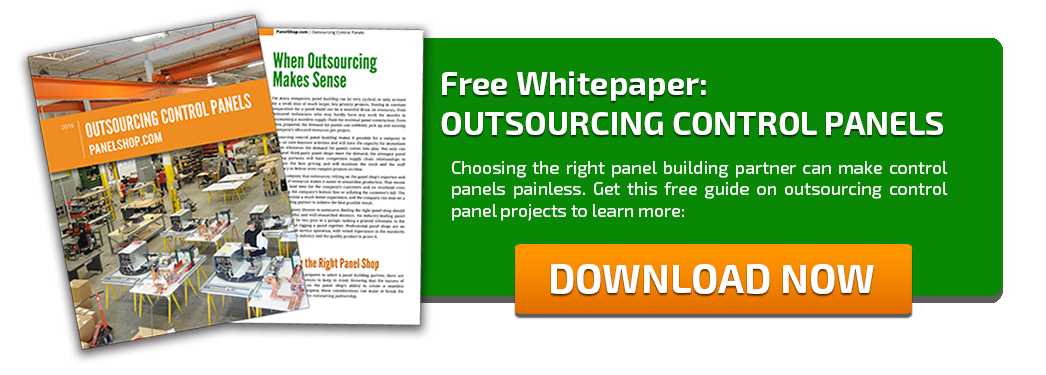Contrary to popular belief, Programmable Logic Controllers (PLCs) are as prevalent as ever. Even the introduction of concepts such as Industrial IoT have done little to harm the legacy controller; in fact, it has forced OEMs to bring positive changes to PLCs and other PC-based controls, ensuring they keep up with modern requirements.
As stated by Frost and Sullivan, the global PLC market has witnessed a positive growth, irrespective of the region, and is expected to reach $14.58 billion by the end of 2018. Much of this growth is credited to the markets in North America and Europe where industrial sectors have matured.
The advent of Process Automation Controllers (PACs) and more advanced computer-based controls has also been a major reason as to why many predict the PLC would simply become obsolete if not extinct. But machine experts beg to differ.
The major reason as to why PLC retains the lion’s share is the support angle involved with implementing new technologies. PLCs have long been known to provide reliable operation. The programming logic with respect to the controller has matured and solidified, and its therefore very hard for companies to shift to something entirely new. In addition, old-school PLCs still operate several critical infrastructures at plants, and it is extremely insensible for companies to uproot an existing system in favor of an untested one.
Industry analysts at ARC Advisory Group and VDC Research estimate that:
- 80% of PLCs are used for small-scale applications
- 78% of PLC I/O is digital
- 80% of PLC applications involve 20 ladder-logic instructions
The last point in particular is a major reason as to why end-users are interested in PLCs rather than PACs. The complexity of PACs and other advanced controllers have in fact played to the PLCs advantage. OEMs have worked on improving the PLC’s feature-set, and by doing so kept the demand consistent. This results in a “the more controls change, the more familiar they become” image, as with the passage of time PLCs are gaining major technological improvements, while retaining their legacy simplicity for which they’re so popular for.






